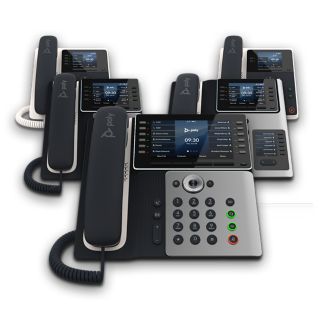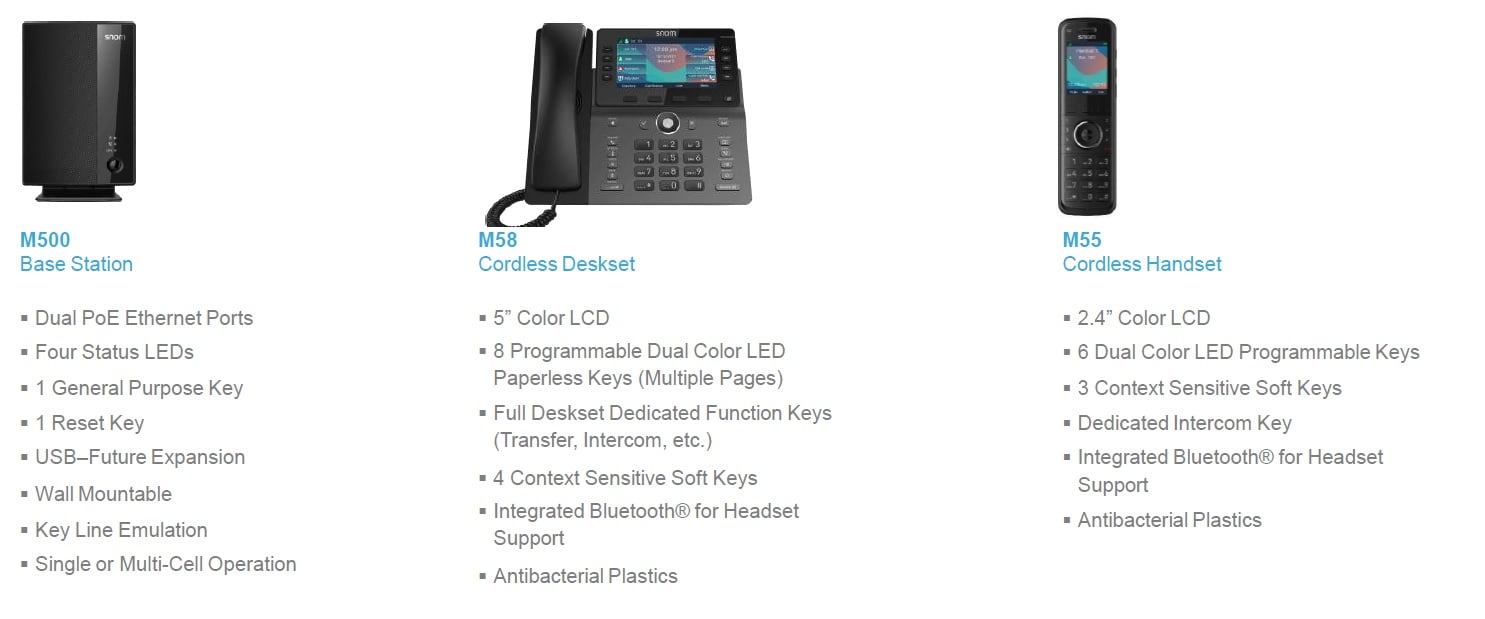
The “2015 WebRTC State-of-the-Market Report” sponsored by Sonus Networks, Inc. reveals many future trends and predictions for the WebRTC market and provides insight into how the market has developed since 2014. In particular, the study found that WebRTC support for mobile devices continues to be of prime importance for providing access to applications such as video chatting and Web conferencing—modes of multimedia communication that are in demand among employees and customers.
Nearly everyone has a smartphone in their pocket or purse today, at home, on the job, and when on the go. This is good news for workplace communications because it means employees can talk with customers and clients, participate in Web conferences and virtual meetings, and gain access to important information no matter where they are located.
Mobile devices are often the first tool people reach for when they need to communicate instantly. Businesses, too, are increasingly enabling employees to perform work on their own devices, enabling them to smoothly connect to their business contacts, customers and teammates whether they are in the home office or in a remote location.
The results of the State-of-the-Market report support this idea. They show that in 2014, for example, 85 percent of survey respondents noted that their organizations supported BYOD. Following that trend, in 2015, 58 percent of those surveyed said that they considered WebRTC support either “critical” or “important” on a smartphone. This points to an increasing and important movement among employees to use mobile devices as a first line of professional communication, and also highlights the need for the right tools and connectivity to allow them to participate in Web conferencing and other multimedia communications activities on mobile devices. WebRTC support enables workers to use their mobile devices to the fullest without having to install software or downloads.
This is important news for wise and forward-thinking IT departments. In order to support how business is conducted on mobile devices today, IT departments must consider how they can begin to implement WebRTC service as a way to improve overall business communications and enable an increasingly mobile workforce to stay productive and connected.
The WebRTC-based Web conferencing platform is one piece of that mobile support. It enables seamless video conferencing on a smartphone, supporting businesses’ BYOD policies and the growing mobility of today’s workforce. Video conferencing is a tool that can easily be leveraged by mobile employees and remote workers. The Web conferencing capabilities provided by the WebRTC-based platform can also be used to connect with customers who may prefer to use their mobile device to contact the companies they do business with and request support.
WebRTC support for mobile devices helps make every employee and customer feel connected to their work and the companies with which they do business. As the workforce gets more mobile and more people depend on their smartphones as a lifeline to important professional communications, WebRTC will continue to make Web conferencing and other multimedia tools seamless on these devices.























